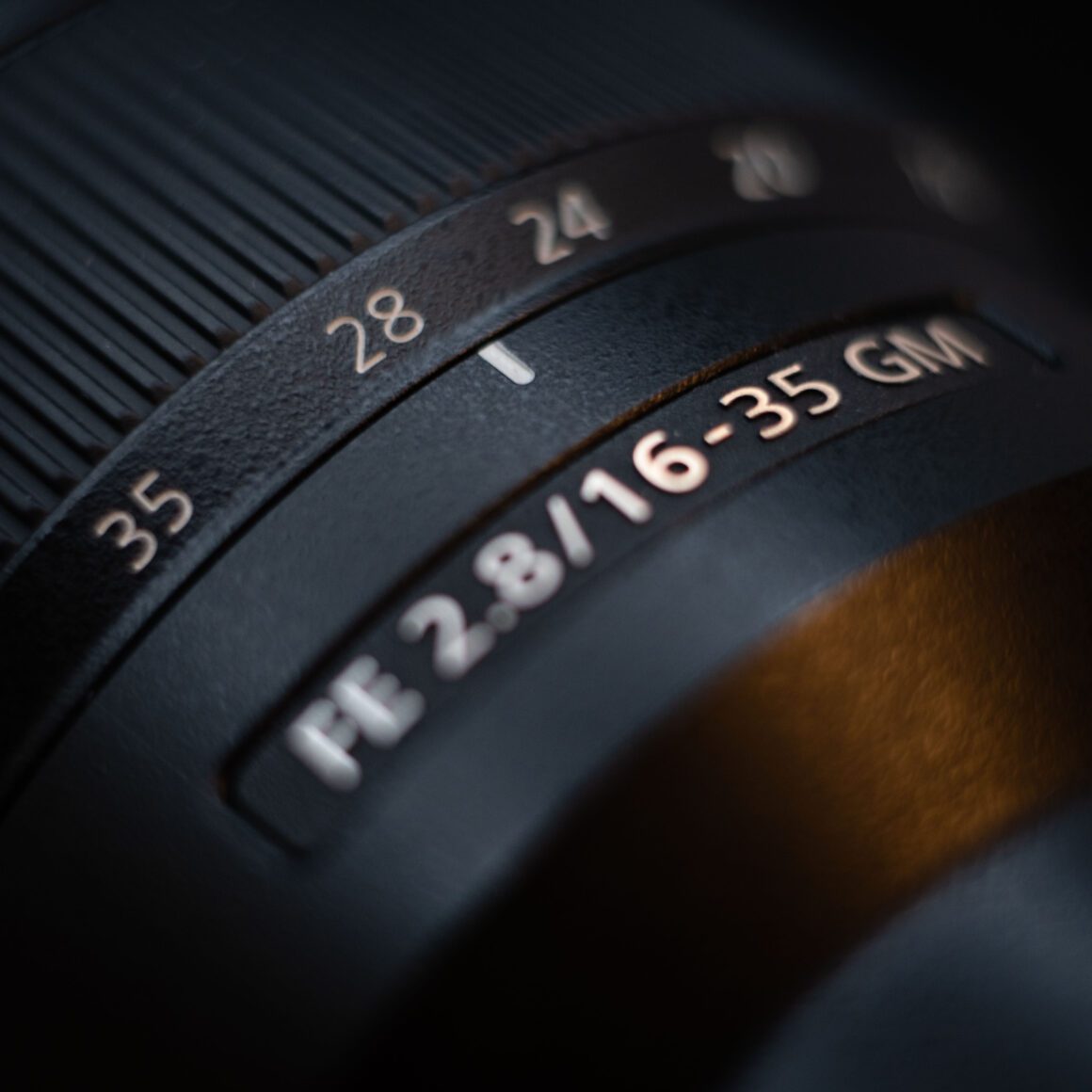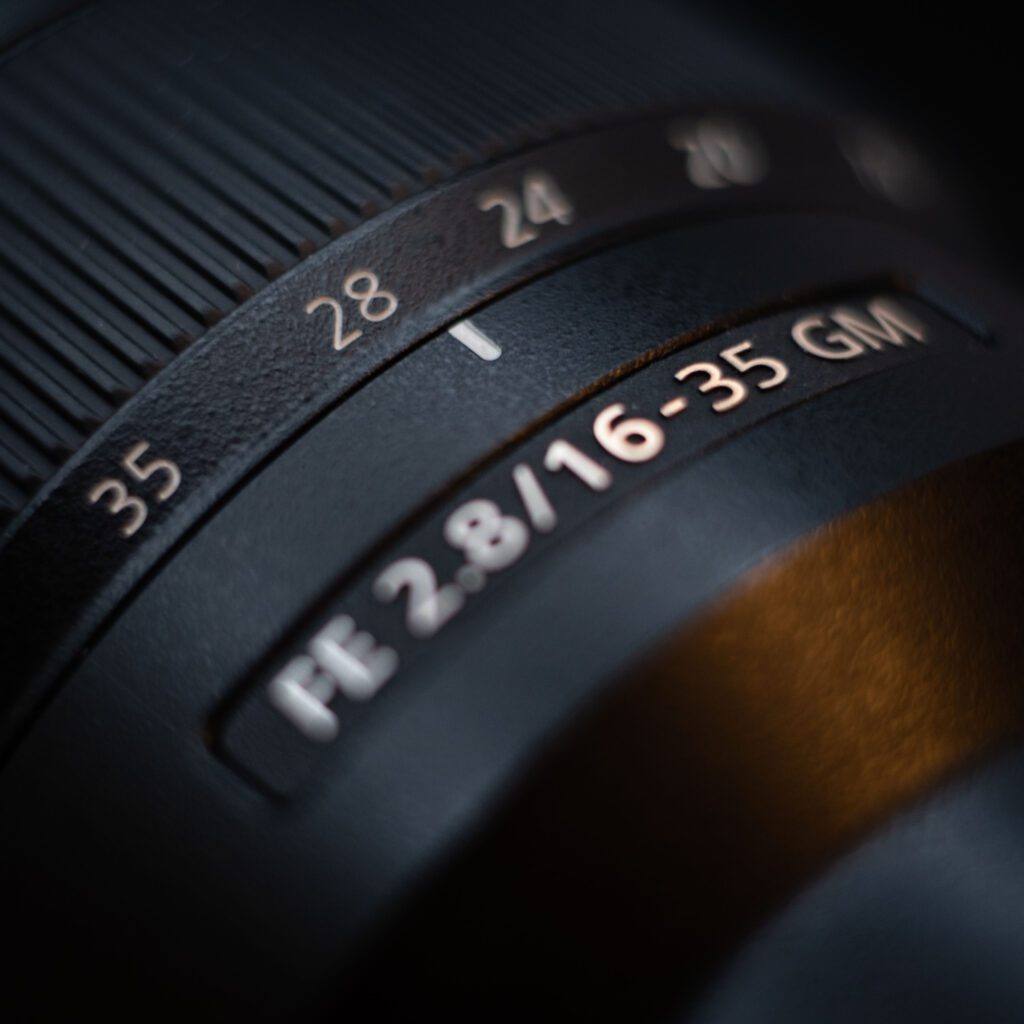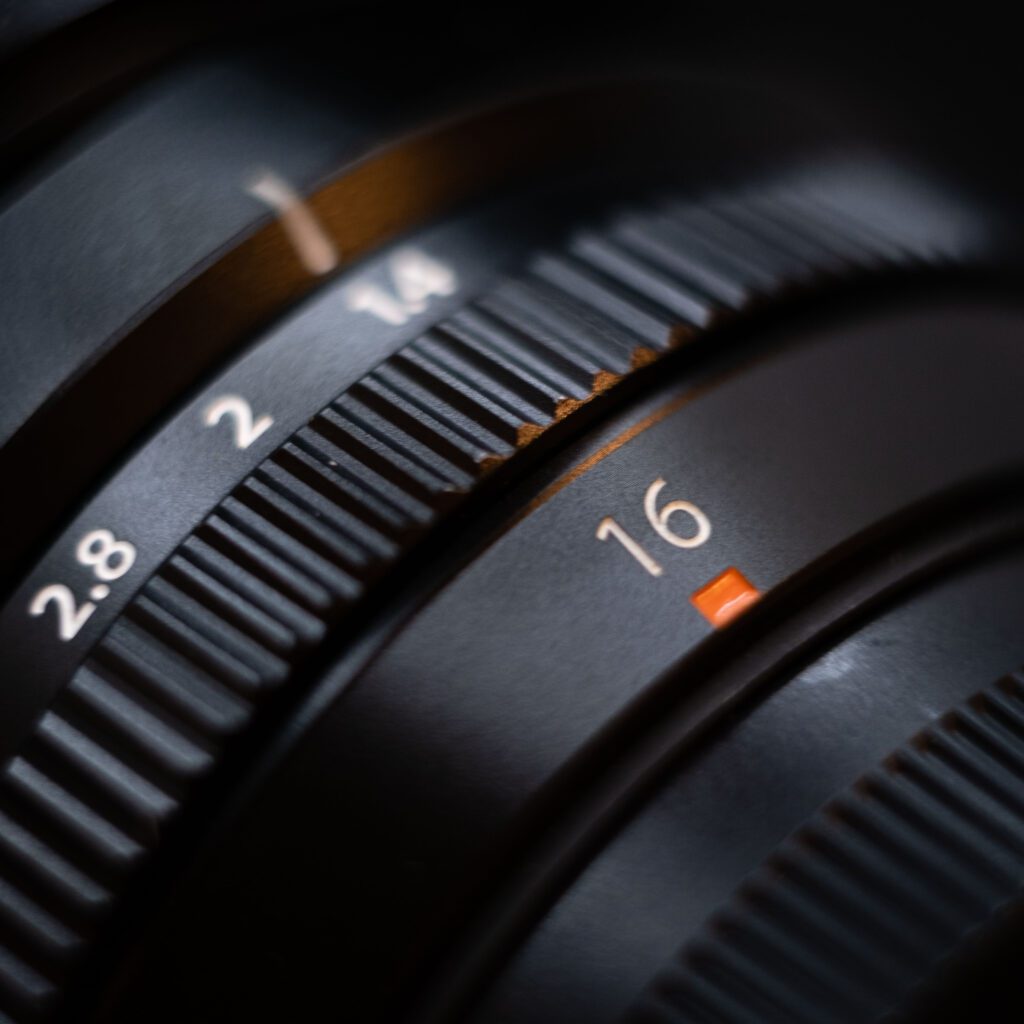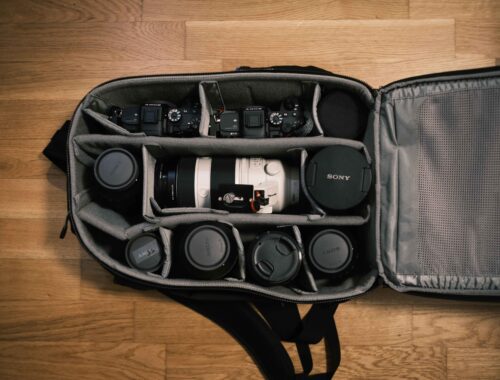
Zoom vs. Prime for Landscape Photography: The Ultimate Guide
The realm of photography abounds with captivating stories, and within it lies an enduring debate that shimmers like a mirage on a far-off horizon: Zoom or Prime lenses for capturing landscapes? If you’ve ever pondered this question, rest assured, you’re not alone. We explore this subject, striving to capture the essence of each lens we encounter.
Unraveling the Enigma of ‘Lens Quality’
Every lens speaks a tale through its technical specifics:
- Focal Length: This defines the lens’s perspective, capturing its field of view.
- Aperture: This controls the light entering, determining depth of field.
- Other traits like autofocus/manual and stabilization give each lens its distinct persona.
Yet, many photographers look beyond these to seek something deeper.
The Pursuit of ‘Quality’
This term ‘Quality’ often echoes in photographers’ forums. But its definition isn’t just confined to sharpness, contrast, or the dreamy blur of bokeh. While MTF charts and optical performance measurements provide clarity, the true essence of a lens’s quality resonates with its character. It’s how a captured moment evokes emotions, transcending the tangible metrics of vignetting, chromatic aberration, and barrel distortion.
Quality encapsulates contrast, resolution, and the rendering of focused and blurred areas. Sharpness and contrast can be quantified with MTF charts, but these metrics don’t narrate the full tale. We must also acknowledge vignetting, chromatic aberration, barrel distortion, transmission, and micro-contrast—a term gaining traction in photography discussions. The bokeh rendering quality, too, remains a focal point of debates.
Remember, numbers might measure quality, but the essence of a scene isn’t purely quantifiable. Astoundingly, under different lights and subjects, a $99 lens might seem of superior quality compared to a 10K one.
Generally, a “high-quality” lens showcases consistent performance. For zoom lenses, this means uniform sharpness across focal lengths and apertures. At specific focal lengths and apertures, the sharpness and transmission should be uniform from the center to the frame’s edges. Interestingly, prime lenses, due to their fixed focal lengths, might exude more inherent “quality”.
In this digital era, approximately 90% of a lens’s shortcomings can be corrected in post-processing. Software, with lens profiles, can auto-correct an image based on its EXIF data even before manual edits begin.

The Grand Confrontation: Zoom vs. Prime
Dancing with the Zooms
Zoom lenses can be visualized as dancers, versatile and ever-adaptable, transitioning gracefully from capturing wide sprawling scenes to homing in on intricate details of nature. Such lenses, especially the high-quality ones, often earn admiration from photographers for their sheer adaptability and range.
The true allure of a zoom lens lies in its adaptability. When you’re trekking through unknown terrains or encountering unexpected views, having a zoom lens feels like wielding a Swiss Army knife, always ready to handle various scenarios. However, while they provide an expansive focal range, it’s easy to fall into the trap of capturing everything, missing out on truly observing and understanding a scene. The seductive convenience of multiple focal lengths can sometimes lead photographers into a rushed approach, where they’re snapping everything in sight without truly seeing.

The Prime’s Pure Pursuit
In contrast, prime lenses stand tall as ballet dancers of the lens world: precise, deliberate, and entirely dedicated to a singular form. With a fixed focal length, primes demand more from the photographer. They push you to engage deeply with the landscape, urging you to move, explore, and understand your surroundings to frame the perfect shot. What seems like a limitation actually becomes a catalyst for creative expression.
When does a prime truly shine in landscape photography?
- Familiar Terrains: Venturing into landscapes you know with a prime lens adds a fresh perspective. It’s like revisiting a childhood home; everything’s familiar, yet viewed through the precise gaze of the prime, new tales unfold.
- Uncluttered Landscapes: Expansive deserts, vast plains, or sparse landscapes. These environments, almost like blank canvases, are perfect to be painted with the prime’s singular focal length.
- Challenging Scenarios: At first, landscapes like jagged mountains, dense forests, or mesmerizing coastlines might seem daunting through a prime lens. But challenges often breed creativity. It’s tougher, undoubtedly, but the results, when captured right, are nothing short of magical.
The Subtle Nuances of Lens Quality
When discerning the quality of a lens, especially in the context of zoom and prime, one must understand that consistency is key. For zoom lenses, high quality is often equated with the lens’s ability to maintain sharpness across its focal lengths and apertures. And within a specific focal length and aperture, the sharpness and transmission must remain consistent from the center to the frame’s edges. Interestingly, prime lenses, given their fixed nature, often inherently display this consistency. In fact, since they are designed and optimized for one specific focal length, they sometimes exude a greater sense of “quality.”
A Journey of Personal Choice
In the grand scheme of photography, the choice between prime and zoom isn’t definitive. For newcomers diving into the vast ocean of landscape photography, zoom lenses can be a gentle and forgiving guide. However, as one gains experience and revisits terrains with a refined vision, the prime lens, with its challenges, often elevates one’s artistry to new horizons.
Ultimately, the narrative isn’t just about capturing a pristine landscape. It’s about how the lens, with its unique characteristics, molds and shapes the story you wish to tell.



